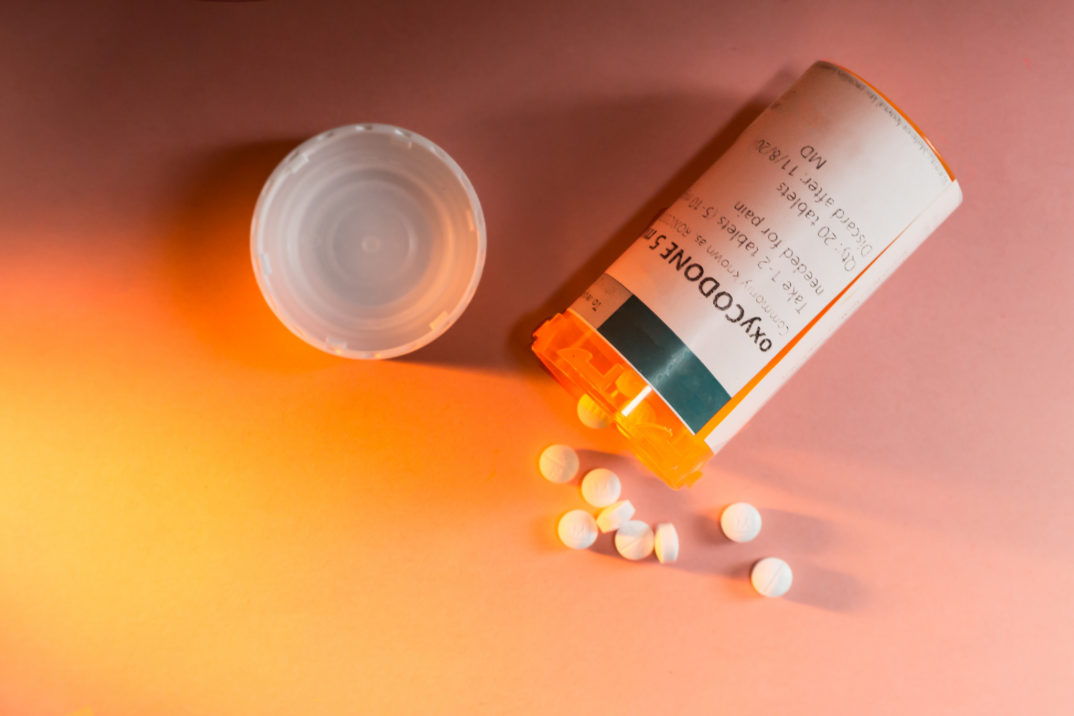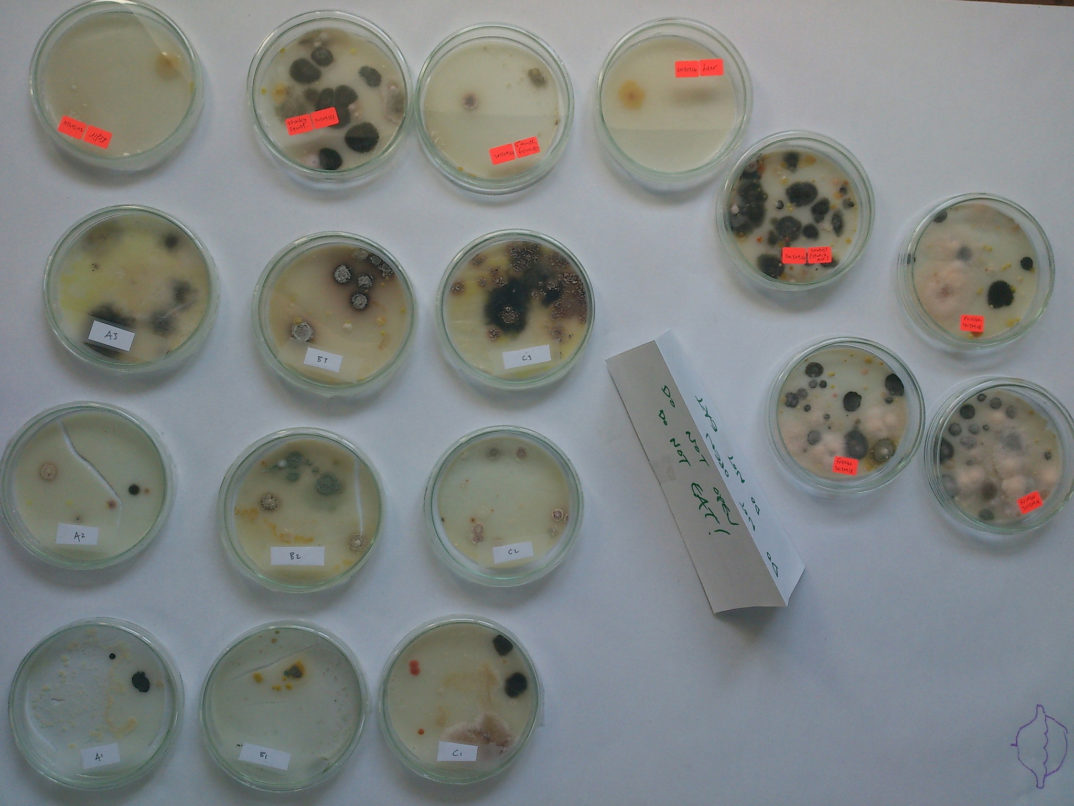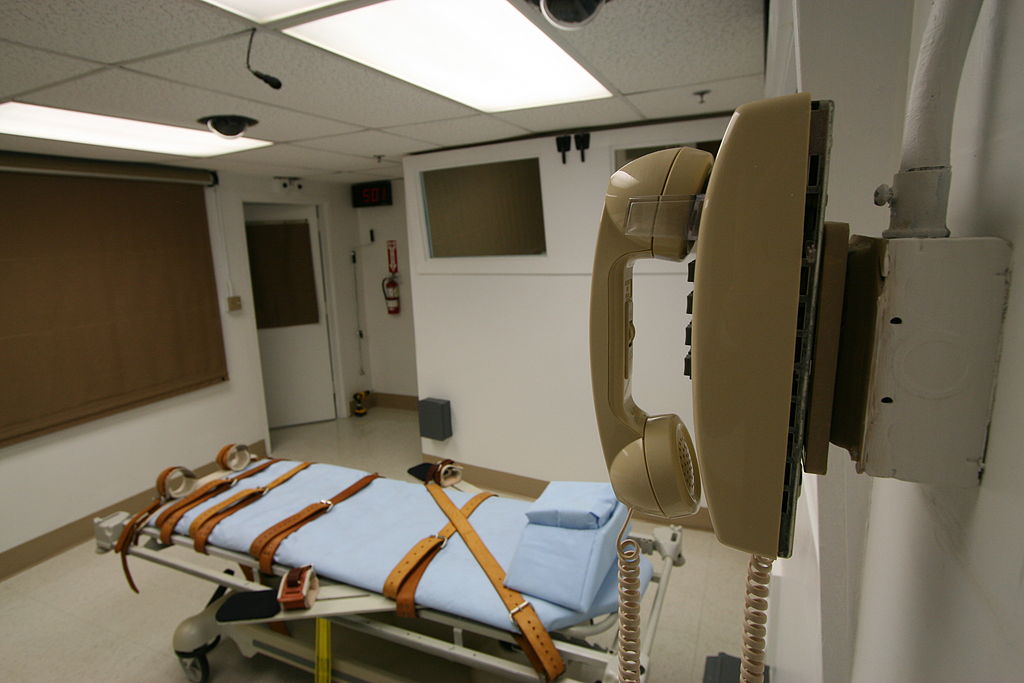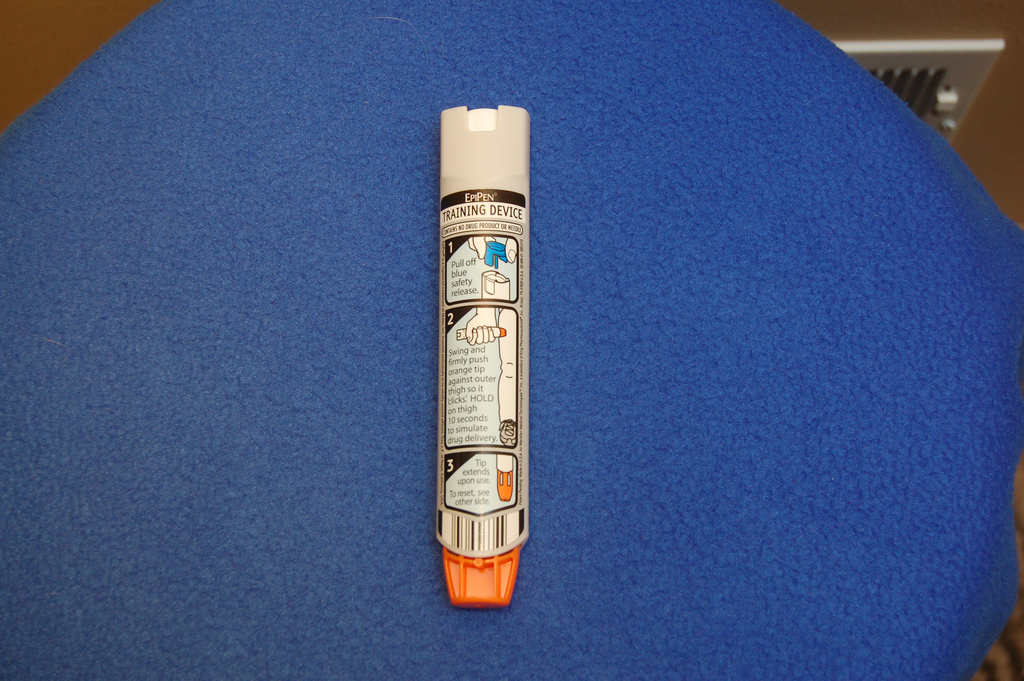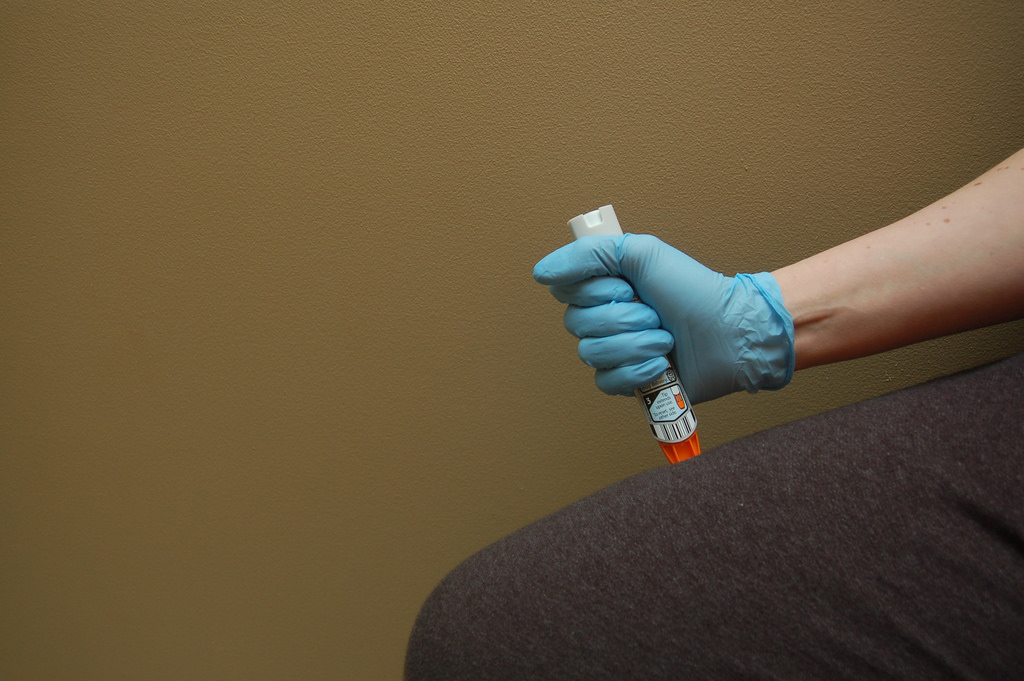The “crisis” of drugs in United States, dating at least to the “war” that Richard Nixon declared on “public enemy number one” in 1971, has seemingly become a permanent frame of our political life. After trillions of dollars spent and decades of chaos produced in Latin America, we have reached a point where the language of “crisis,” largely directed outside to other “sources,” seems to have moved home. But to what? Since 2016, drug overdoses have become the leading cause of death in America, 2/3 of which are related to opioids (a larger class that includes both plant-derived substances like heroin and semi-synthetics like oxycodone). For many, statistics like this are not necessary to recognize that, no matter which way you put it, the opiate crisis is our crisis. But how far are we willing to go in recognizing our complicity in it? Many will have to continue to deal with overdoses, withdrawal, relapse, and an unfortunate number of deaths. Socially, we should be questioning the corporate, marketing, and governmental practices that have reaped billions of dollars from an epidemic that is largely homegrown. Continue reading “The Opioid Crisis and America’s Homegrown Cartels”
Solving Antibiotic Resistance with the Power of Evolution
The problem of antibiotic resistance is real and growing. It is estimated that 700,000 people die from antibiotic resistant infections each year [1]. Further, every year, new multidrug resistant organisms emerge. We might soon face the global crisis of an era in which there is massive spread of bacterial diseases that cannot be treated by any currently available drug. In order to solve this problem, we must recognize that it has both scientific and ethical components: each time a physician prescribes an antibiotic she or he is required to balance individual patient needs with societal risks and benefits [2]. Further, even in the absence of antibiotic use, resistance is, and always has been, an evolutionary problem – natural reservoirs of antibiotic resistance exist even in pristine environments [3]. Added to this is the fact that over the last thirty or so years there has been a decrease in the number of antibiotics that have been developed and approved [4]. These factors make the problem of antibiotic resistance multifaceted and complex, but recent advances in basic scientific research show a promising way forward, even though previously implemented strategies to mitigate the problem have been largely unsuccessful. Continue reading “Solving Antibiotic Resistance with the Power of Evolution”
Justice on a Conveyor Belt: The Death Penalty in Arkansas
In March and April of this year, the state of Arkansas made national headlines for its plan to execute eight prisoners over the course of 11 days. The speed involved is striking, especially when compared with national annual execution averages; only 20 people were executed nationwide in 2016.
The truth is, Arkansas is racing against the clock. Like most states, the primary method of execution in Arkansas is lethal injection. Death by lethal injection is typically accomplished using a three-drug cocktail. In Arkansas, midazolam is used as an anesthetic, ideally ensuring that the prisoner does not experience any pain. Vecuronium bromide is used to cause paralysis before potassium chloride is used to stop the heart. The trouble is, the remaining midazolam that Arkansas possesses is about to reach its expiration date, and it looks like they won’t have access to more any time soon.
Continue reading “Justice on a Conveyor Belt: The Death Penalty in Arkansas”
The 21st Century Cures Act and Prioritizing Diseases
The 21st Century Cures Act represents the kind of bipartisan diligence and compromise from a bygone era. Passed with overwhelming consensus by the House on November 30th 392-27, this mammoth health spending bill has brought two parties together that have been polarized during the recent presidential campaign. This over 1,000-page bill combines the efforts of millions in lobbying spending, Republican values of deregulation and Democratic values of expanding health care spending and including individual patient advocacy in drug testing regimen. Who are the winners and losers of the 21st Century Cures Act, and are the controversial aspects of this monumental legislation?
Continue reading “The 21st Century Cures Act and Prioritizing Diseases”
Should EpiPens be as Expensive as iPhones?
The EpiPen price controversy has been in the news for over a month now. For those not aware of what I am referring to, let me give a short recap. In 2007, a single EpiPen, a device for injecting a drug that reverses severe allergic reactions, cost about $47, according to an August 25, 2016 article from NPR. By this summer the price of a single EpiPen rose to $284. What’s more is that EpiPens are no longer available as single pens, but rather only as double packs. So, the price to fill an EpiPen prescription now tops $600.
Continue reading “Should EpiPens be as Expensive as iPhones?”
An APP(le) a Day: Can Smartphones Provide Smart Medical Advice?
I am not going to shock anyone by stating that we live in a time where distrust of government is high, where people believe that they need to ‘take back’ whatever they feel needs taking back. This opinion runs especially strong in matters surrounding healthcare, where people question a range of issues, including: universal insurance, low cost pharmaceuticals, the efficacy of particular medical tests, and autonomy as regards end of life (and other medical) decisions.
Continue reading “An APP(le) a Day: Can Smartphones Provide Smart Medical Advice?”
Pricing the EpiPen
American drug prices have long been the object of controversy, from the price hiking on AIDS treatments conducted by the now-infamous Martin Shkreli or the $1,000 per pill Hepatitis C treatment that prompted Senate investigation. The average American spent $695 a year on drugs ten years ago, and now spends $935. Recently, the pharmaceutical Mylan received extensive backlash for the increase in the price of EpiPens, which are used in emergency situations to save someone from a life-threatening allergic reaction. EpiPens now cost $600, a 450% increase from their price in 2004. Analysts have determined that the cost of the drug within each Epipen is about one dollar.

